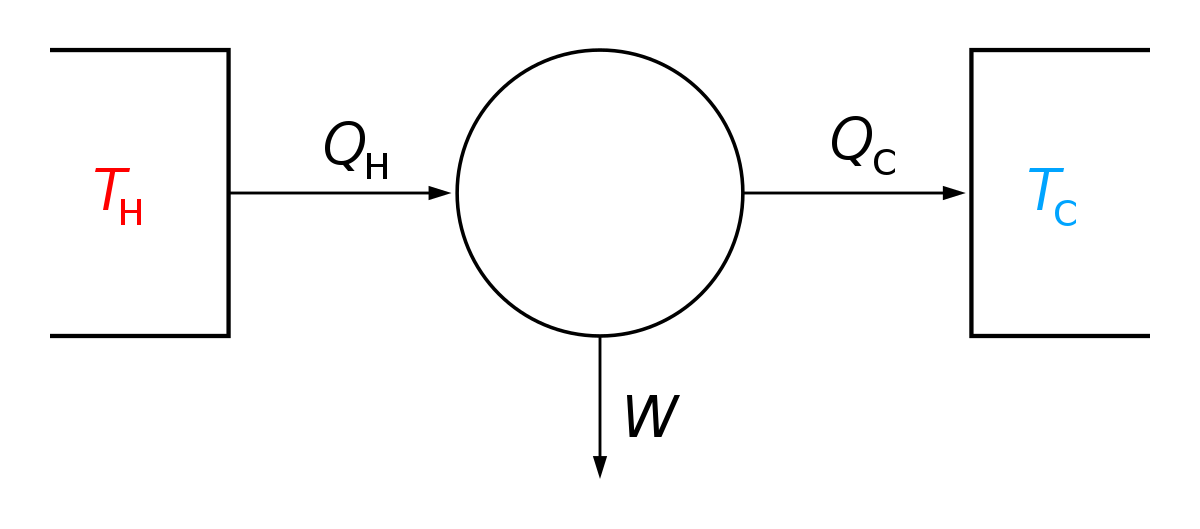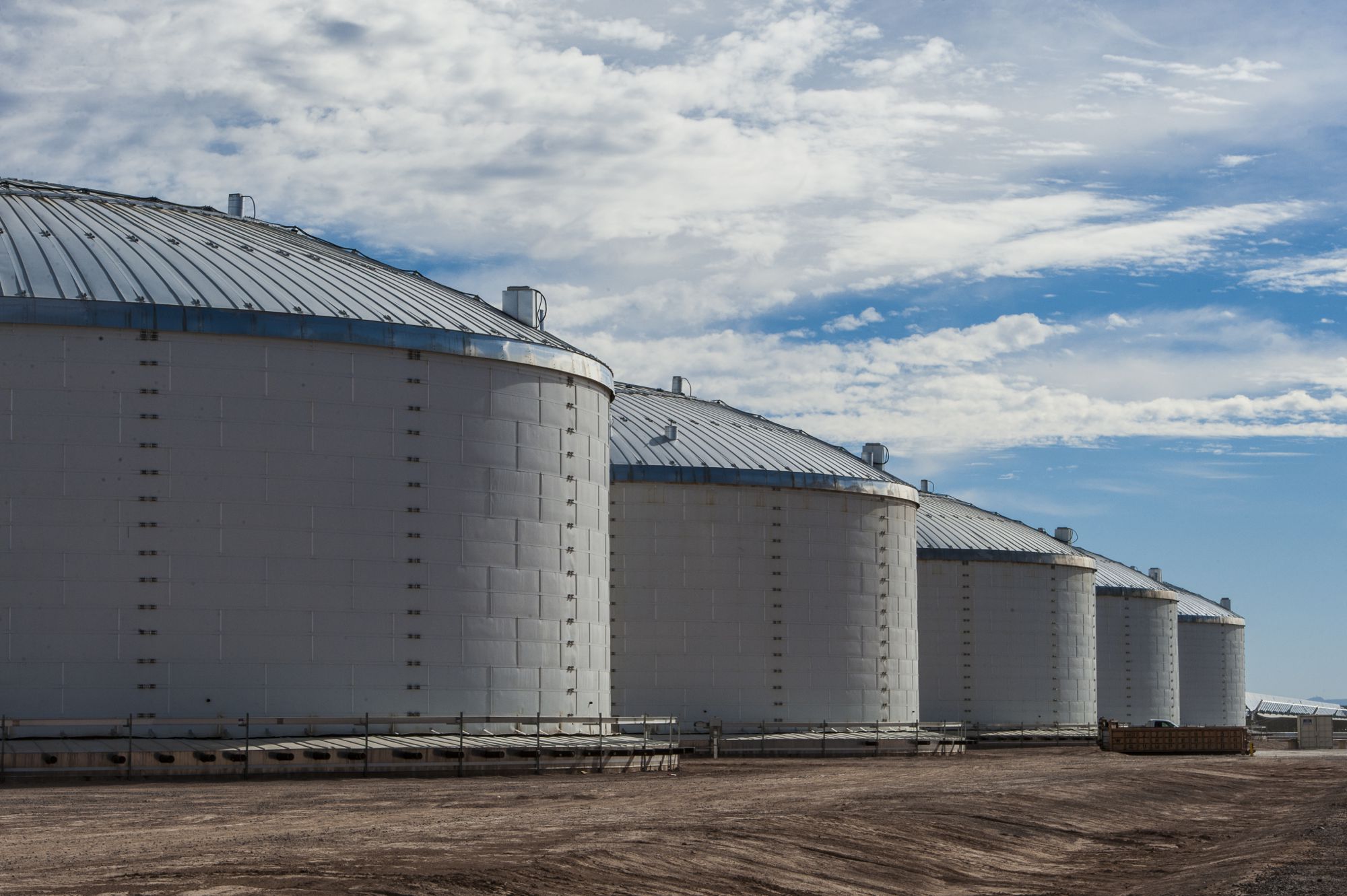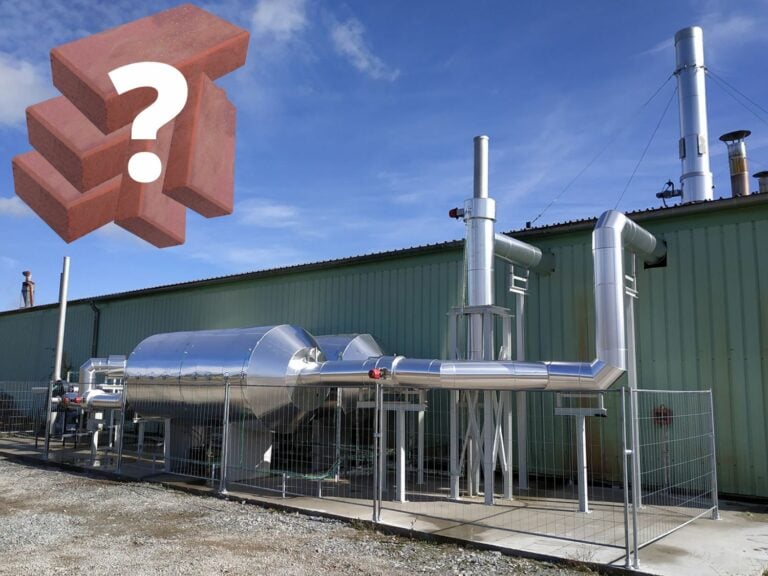MyK3y
Hack
No, they're not.Your numbers are all of the place ...
600°C .. even more .. 1000°C, build your system and show me the numbers you're at ..
600C is easily achievable with basic domestic stove elements.
1600C is achievable with more advanced elements, such as industrial kiln elements.
Thus, an additional 1000C of storage as a hypothetical to show the potential.
But, 600C is perfectly adequate for my needs and, as multiple YouTube videos can attest, is being attained with simple basic setups.
I'm not sure what it is you are setting out to prove - but I'm not interested in your willy-wagging game. I didn't join this forum to have arguments, but to gain and share knowledge.
This is a thread about sand energy storage, not a soapbox for you to try to prove your superiority . either contribute to sand storage or start your own 'water is better than sand' thread.
I don't need to prove myself to you or anyone else and I certainly don't need to accede to the demands of some random ego on the internet








